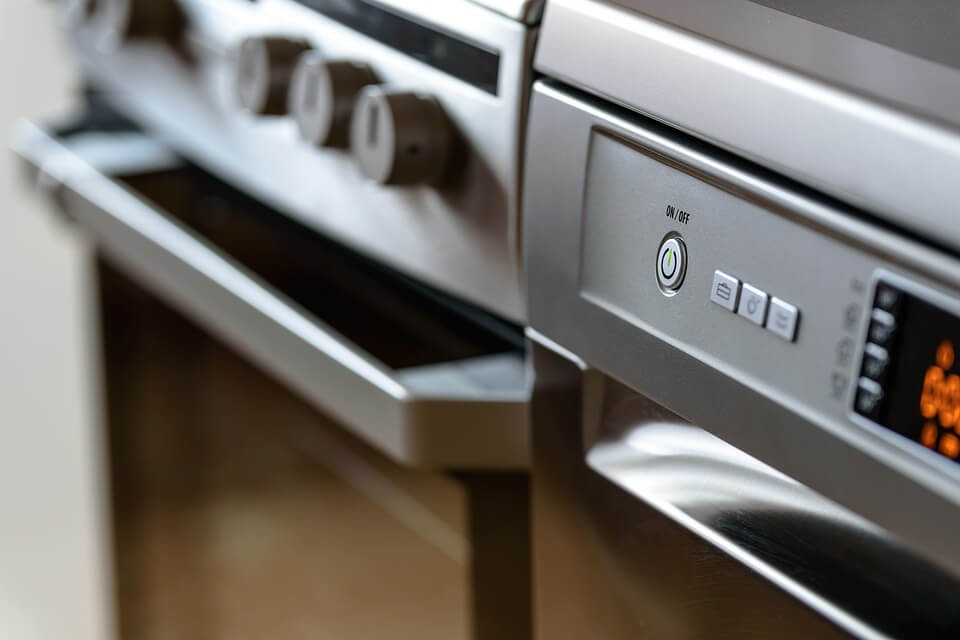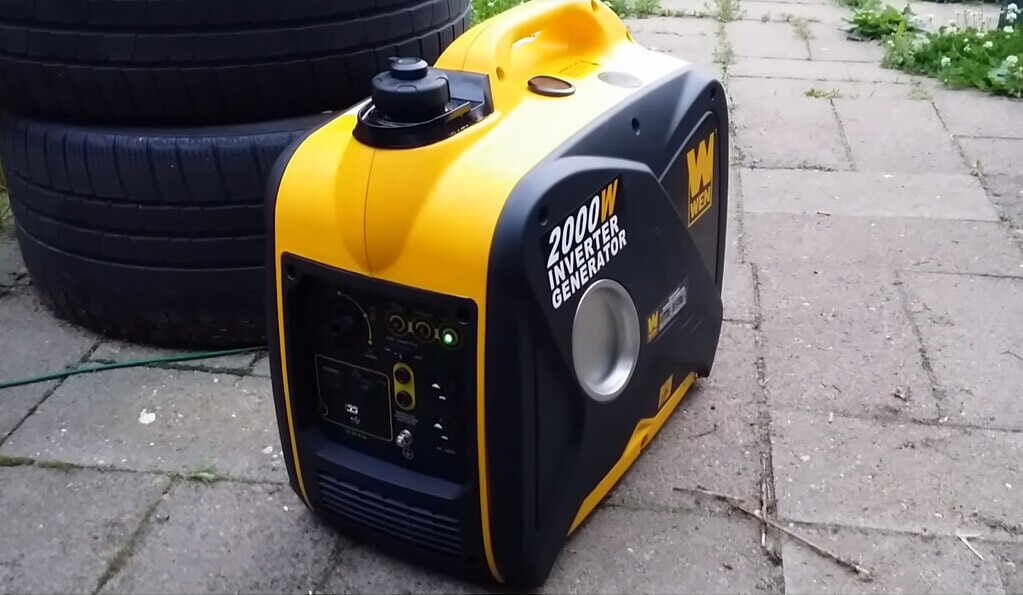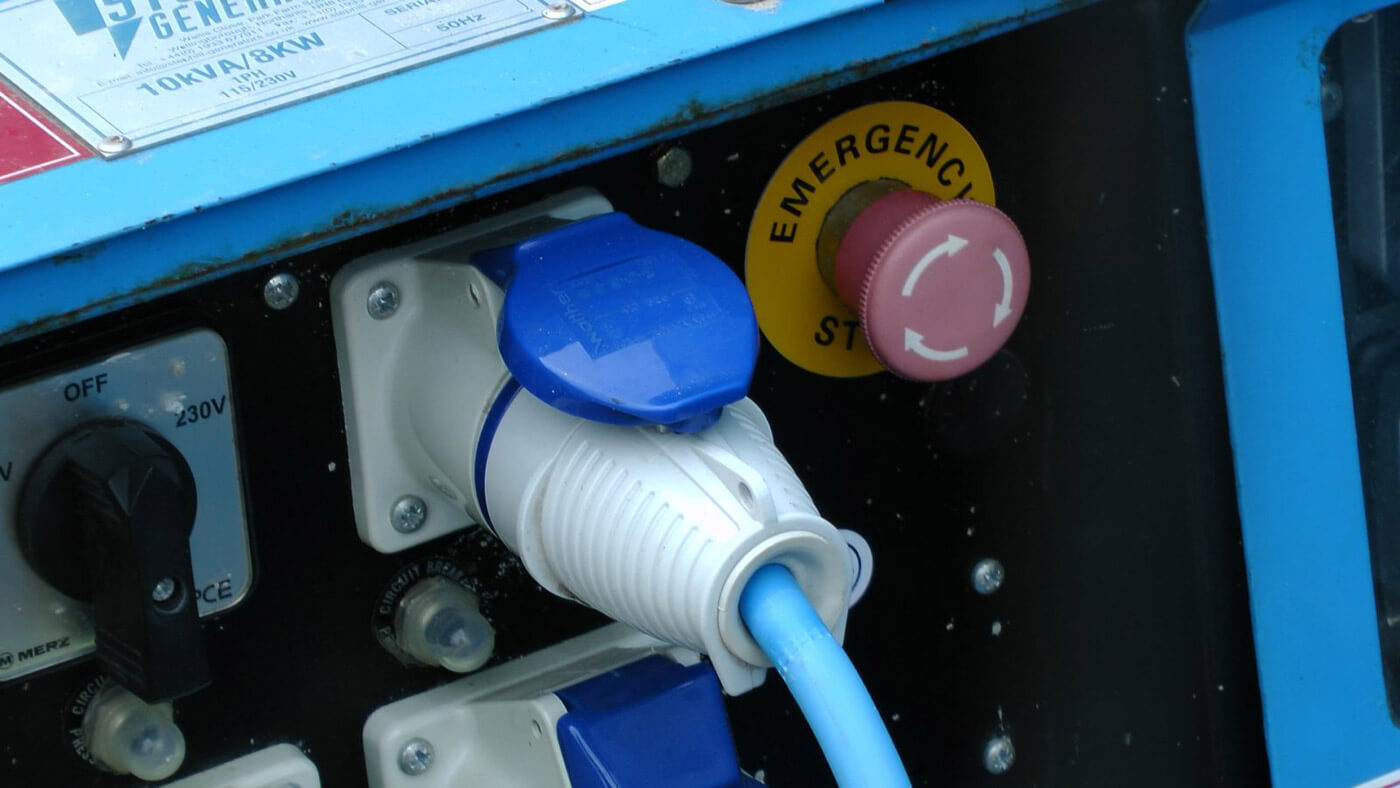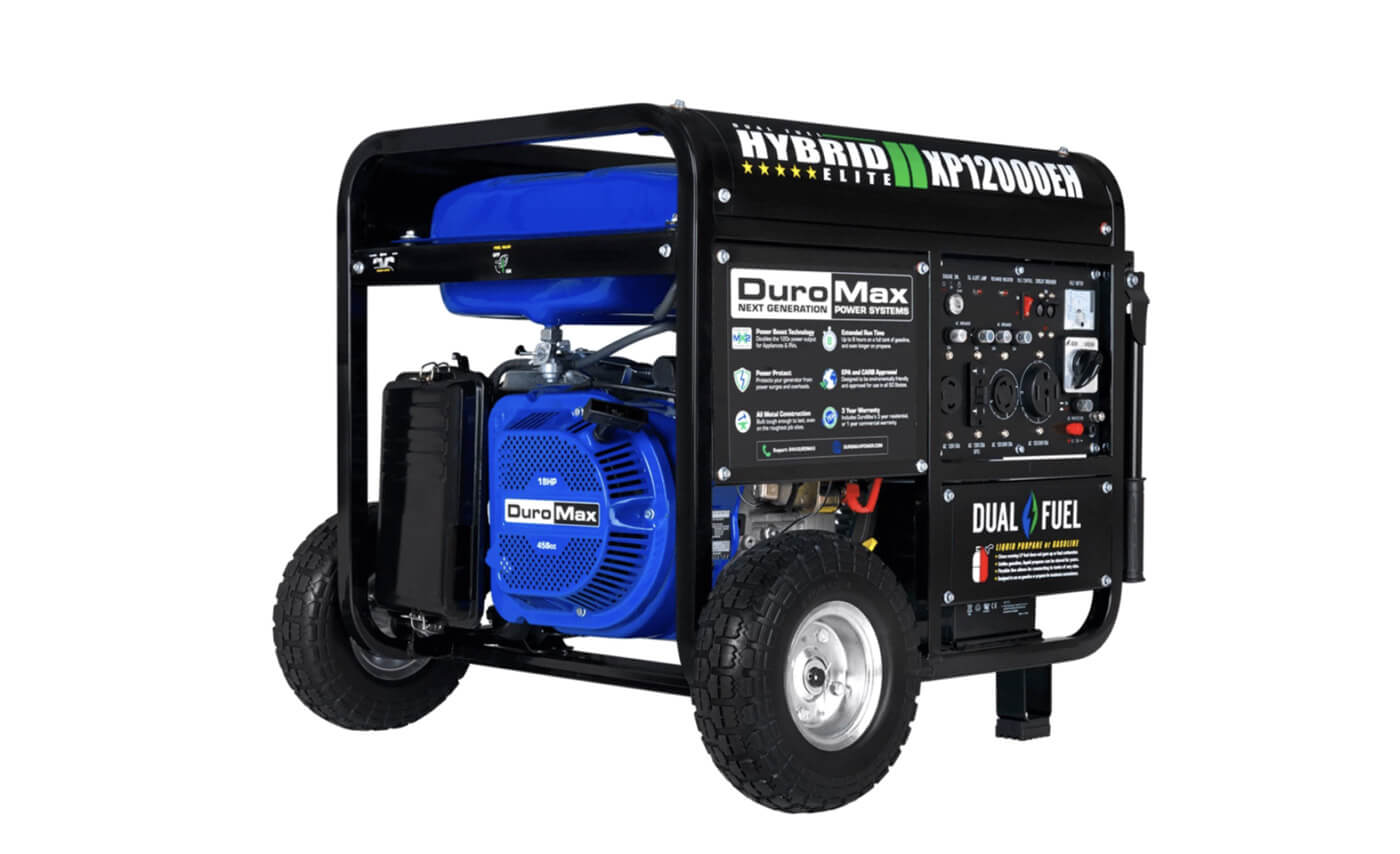Think You Don’t Need a Generator?
December 4th, 2019
4 minute read
One of the most common scenarios that people may prep for is a power outage. If you think the power going out is not that big a deal, that means you’ve never lost power at your home. Depending on how much you use electronic devices, it can actually be a fairly devastating event.
Take a moment to think about all of the things in your home that use electrical power and are not your TV or phone charger; you might be surprised at how much can be affected by a power loss, and how far-reaching the effects can be.

If power is out long enough, you could end up losing everything in your refrigerator and freezers. If your freezer is a big part of your food preps, that can be catastrophic. Other things you might need to think about include:
- Water pumps and water heaters
- Electric heating systems, such as wall or baseboard heaters
- Livestock water tank heaters, heat lamps for baby chicks and other animals, or even filters and pumps for aquariums and aquaponics/hydroponics systems
- Kitchen appliances such as stoves, crock pots, etc.
- Anything else in your home you’re used to turning on without a second thought
Losing power doesn’t just mean lighting some candles; it can mean losing a lot of valuable stuff. For most prepared folks, that means having a portable generator. There’s just one problem — how do you know what kind to get?

How Much Do You Need?
Let’s face it: buying a generator is an investment. You could go with a small, inexpensive model, and end up realizing too late that you don’t have enough power. You could go all out, spend a bunch of cash, and realize that not only is it expensive to run but it’s loud enough to serve as a beacon to anyone around that you have power and they don’t, creating a security hazard.
To get an idea of what you’re looking at, go around your house and count the wattage of every single thing that uses electrical power in your home. That means every light bulb, appliance, fish tank filter, nightlight, electric toothbrush, or anything else. Don’t forget about things like your water heater, pumps, or exterior garage lights and tools.
Add up all the watts, then multiply that number by 1.5 to also account for the extra bit of juice those things will need to start. When you recover from the shock of how high that number is, start going through the list and choosing the things you absolutely must be able to run in an outage.
Once you have the wattage from that list, go check out how much that wattage in a generator would cost you. If you can’t afford that much, then you need to start paring down the list to things that are truly critical — like protecting the food in your kitchen.

Generator Sizes
If you have a good idea of what you’ll need, it’s time to start looking at generators. A medium one, for instance, runs between 3,000 and 6,000 watts. That’s probably enough to keep your refrigerator and freezer going, plus a sump pump and maybe your heating system.
For each thing you add to your “Most Critical” list, add in its wattage multiplied by 1.5 times. You may find yourself determining alternative ways to save power and ditching some electric-powered devices, such as using a solar phone charger or a regular old toothbrush.
Generator Types and Fuels
Some models have pull-cords like a lawnmower, others can be started with a switch or even wired into your home via a transfer switch. If you have frequent but short power outages, a generator that’s wired to automatically come on if your grid goes down might be the best way to avoid outages, food spoilage and other issues.
When it comes to fuels, there are three types:
- Gas-powered
- Propane-powered
- Dual-Fuel
The short version is that gas generators are good for short-term use — camping, for instance. Propane has an infinite shelf life so storing your fuel can be much simpler than keeping gasoline on hand. The problem is that propane generators don’t run well in cold weather. That’s where the dual-fuel generators come in.
A dual-fuel generator can be run on either propane or gas, and some even allow you to move between fuels with a switch. Others require you to shut down the generator and restart it with the other fuel.

Keep in mind that in order to ensure your generator consistently runs when you need it, you’ll want to run it at no higher than a 75-80% capacity. That means you can’t simply throw “just one more thing” on the generator; each time you add something to it you’ll need to re-do your math and ensure it’s still below the 80% load mark.
Conclusion
Buying a portable generator, like anything else you purchase for survival, requires an understanding of your situation, budget, and needs. Take time to do the research and get the right generator for you and your family.
Join the Discussion
Continue Reading
Did you enjoy this article?

 81
81





